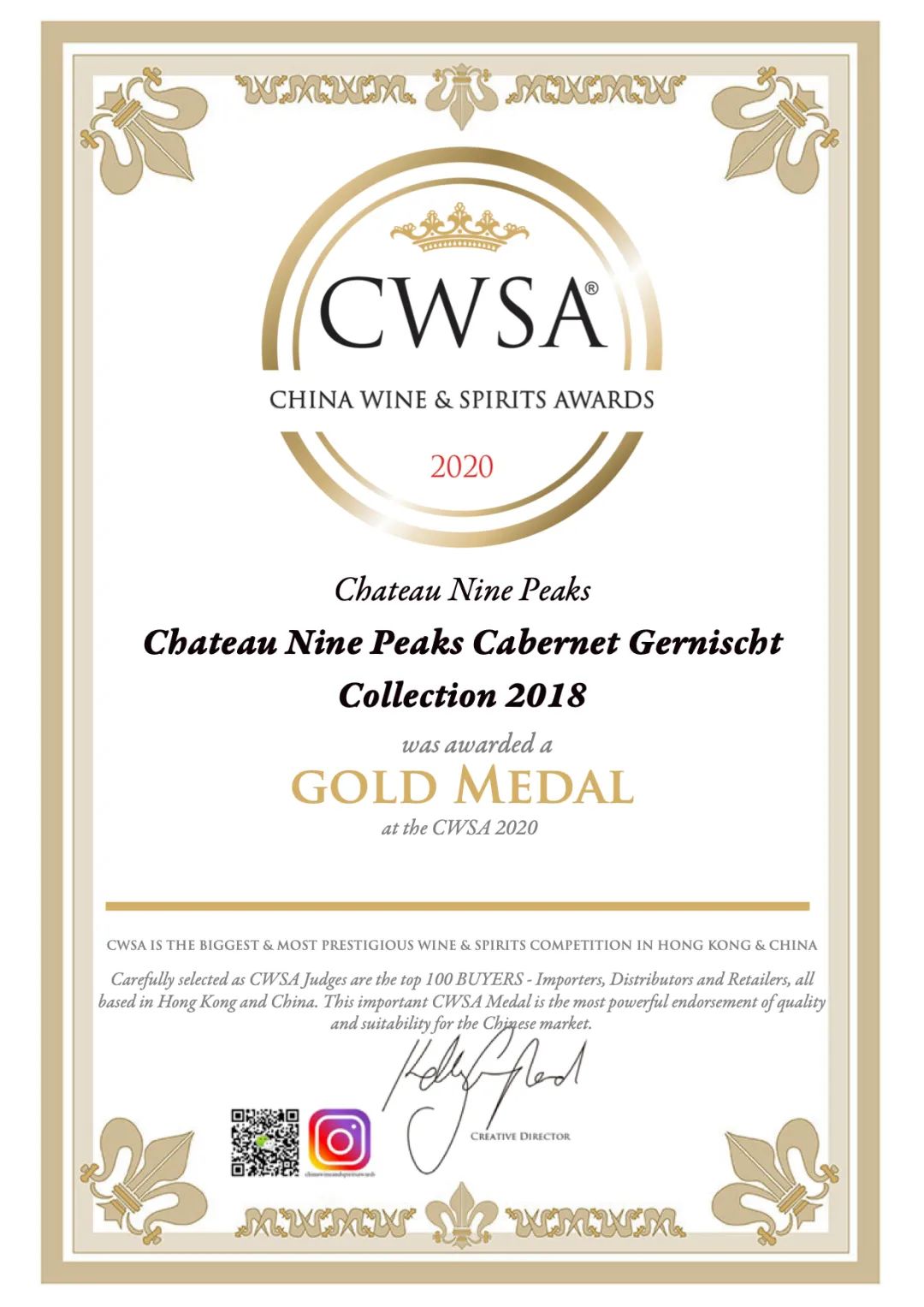
Over the last six years, Ian has had a chance to taste close to a thousand Chinese wines and have visited wine producing regions as different as Huailai, Ningxia and Shandong. Ian has navigated the country and gone see the wineries and met their owners and technical staff. He is very happy to report that there is no doubt that the quality of Chinese wine has improved greatly in these six years. He also states unabashedly that while China is still ten years away from becoming a household name in world quality wine circles, and much remains to be done, there is no doubt the seeds have been sown for some of the country's wines to perform one day at the highest level.

Ian also mentions that the three wine grapes that have performed extremely well in China to date are without doubt (in alphabetical order) Cabernet Gernischt, Marselan and Petit Manseng. Chinese wines made with Cabernet Franc, Riesling, Vidal (both as late harvest wines and Icewines) and Welschriesling also are extremely promising.
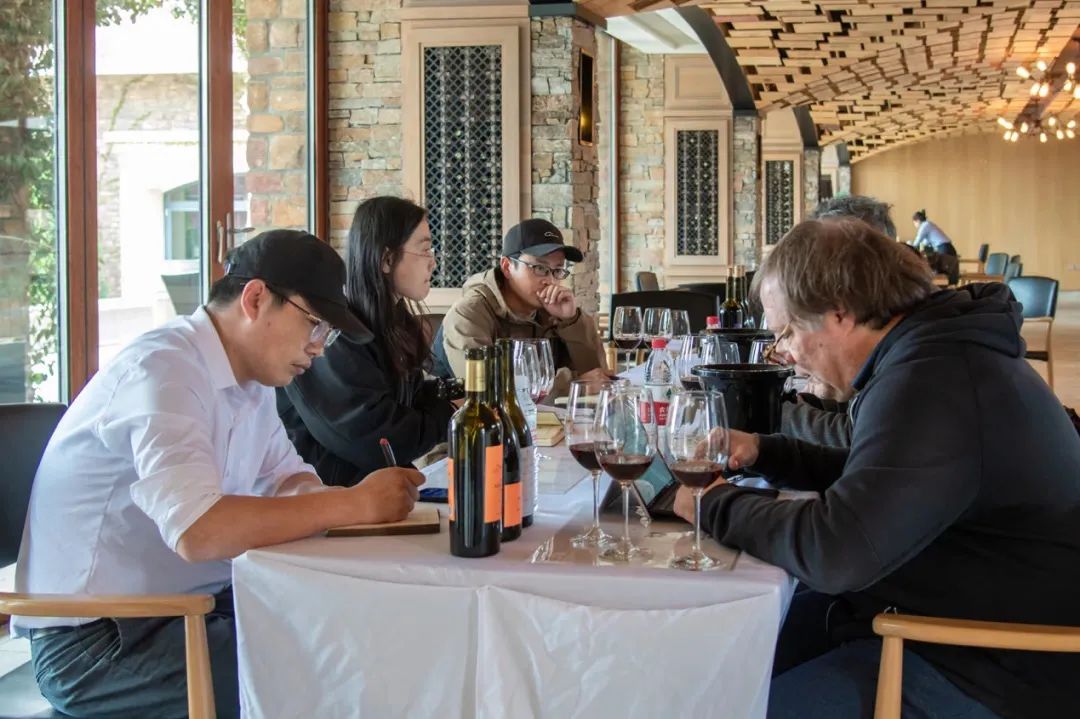
Ian is tasting 3 different vintages of Cabernet Gernischt in C9P

Ian D'Agata: Chateau Nine Peaks Cabernet Gernischt Collection 2019,93/100
Medium dark ruby-red, this is noticeably deeper ruby than the 2016 and 2018, all of which are characterized by a brighter red (and to my way of thinking, prettier) color. Intensely floral (violet!) and spicy with very pure aromas and flavors of black and blue fruit complicated by aromatic herbs and an obvious mineral nuance. The finish is long, vibrant and suave, denoting very good fruit-acid-tannin balance. This was macerated for 25 days (longer than the 22 days of previous years), and at higher temperatures as well than was done previously. It was aged in one and two year used 225 litre barrels for 12 months (no new oak). The 2019 vintage was remarkable for being a very dry year, with water stress a real concern in some moments of the year (the Cabernet Gernischt was planted at Chateau Nine Peaks only in 2012); however, Cabernet Gernischt is better suited than Cabernet Sauvignon to dealing with rainy weather (its less compact bunch makes it less prone to rot-associated problems) but the trade-off is that too much rain makes the Gernischt even more vigorous than it already is. Apparently, this vintage's much darker color is the result of the drier year, but in fact it's not the only aspect in which this wine differs from all the other Cabernet Gernischt wines I tried at this estate. However, the 2019 is a very good wine. Drinking window: 2024-2032.
C9P's Cabernet Gernischt 2019 mentioned by Ian has not yet officially launched on the market. On the occasion of World Cabernet Gernischt Day on May 25th, let us review the comments on C9P's Cabernet Gernischt 2018 in the eyes of the wine experts. Since it was released for one year, it has also been highly praised, too.
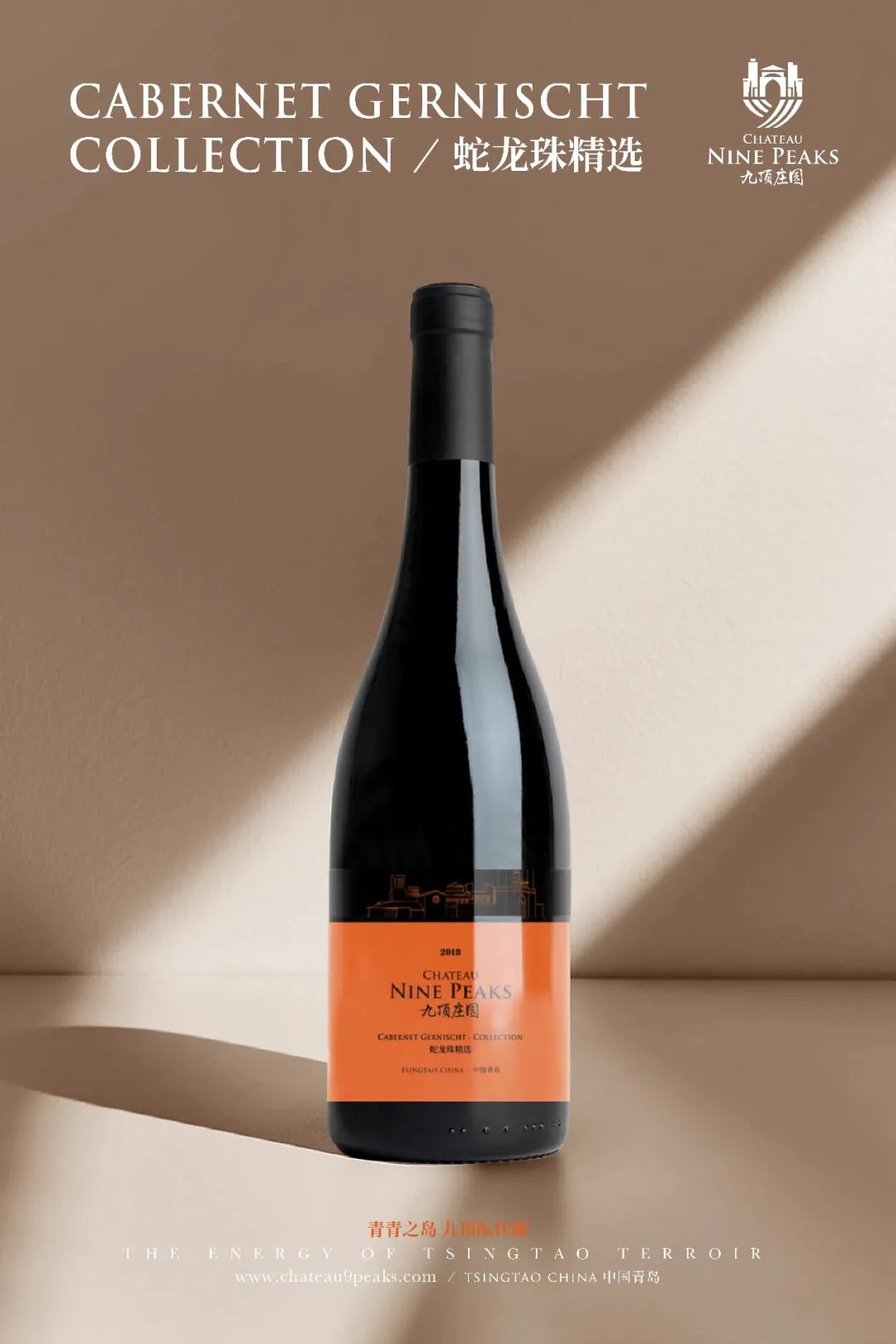

James Suckling 91/100:"This shows such pretty balance and finesse with cherry and strawberry aromas and flavors. Medium body, light tannins and a crisp, clean finish. Drink now."
Ma Huiqin, Professor of China Agricultural University, Deputy Secretary-General of the Grape and Wine Branch of the Chinese Agricultural Society, Director of the Wine Professional Committee
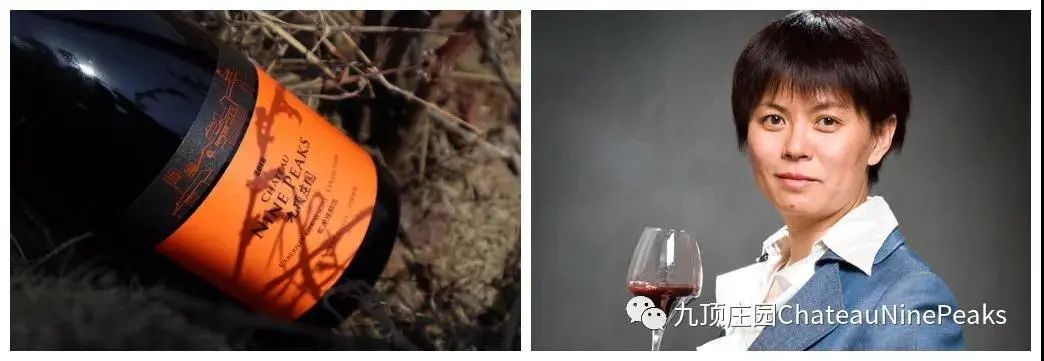
This wine has a very good design sense from the appearance. It is very interesting to choose a burgundy bottle with a warm orange wine label, and the overall design is very elegant. This wine has a very bright dark cherry red color, suitable for clarity, with obvious aromas of red currant and red cherry. It feels like a wine from a relatively cold production area but with good maturity. It also has obvious the aroma of oak aging and the combination of oak and fruit aromas is very good. The taste is elegant and balanced and the aroma on the mouthfeel has a strong consistency with the smell, very lively and pleasant acidity, medium body, medium length. It can be seen from this wine that the level of the winemaker is very high who has a clear process decision goal, and the winemaking process is very clean.

When the maturity of Cabernet Gernischt is insufficient, it is prone to have an aroma similar to green grass and plants, but after maturity, it will show aroma characteristics similar to black berries. In order to ensure its maturity, it needs relatively high calories. This Cabernet Gernischt from Chateau Nine Peaks shows that the grapes have the good maturity, with prominent berries, supplemented by herbs, mint, vanilla and other aromas. Complex and harmonious, clean and pleasant.
Ma Peixuan, Member of China Wine Technical Committee, Former Deputy Director of National Wine Quality Supervision and Inspection Center

It is ruby red, clear, transparent and shiny. After pouring the wine into the glass, you can feel a light, mixed, and balanced aroma. As time goes by, the aroma layer opens up. After half an hour of decanting, the aroma becomes stronger and richer, with black berries, mint, pepper, and smoke. The aromas of smoked and roasted are intertwined, which is amazing; the wine is medium-bodied, smooth, delicate and complex, with lively acidity and long aftertaste. The tasting of this wine has also subverted my understanding of Cabernet Gernischt, thinking that it can also produce very nice wines with elegance.
Zhao Qin, former editor of Wine Tourism, senior wine lover

In my impression, the scorpion daffodil grape has strong adaptability, strong resistance to adversity, and good coloring, and it is suitable for cultivation in a slightly dry sandy soil. The Snake Dragon Ball of Jiuding Manor is planted in the soil of sand and gravel, which shows that it has spent a lot of effort in the cultivation of Snake Dragon Ball. This 2018 vintage snake dragon pearl is deep ruby red, clear, with tears of wine; in the pure wine, it smells of medium red fruit, young; tastes dry, medium acid, fine tannins, and high alcohol content , The wine is medium-to-upper, mixed with musky woody aroma, good balance, and long aftertaste. This is a good quality wine that can be drunk now and has aging potential.
Cabernet Gernischt in China
The wine grape, Cabernet Gernischt, entered China from the end of the Qing Dynasty. The first stop was the Shandong. It was not until the end of the 1980s that it was promoted nationwide. Cabernet Gernischt in China is mainly distributed in Shandong, accounting for 70% of the country's total output, followed by a small amount of cultivation in Northeast, North China, and Northwest China. In China, the first dry red wines that consumers came into contact with were mainly the "Caberent" series, which is also known as the "Three Pearl" blends, Cabernet Sauvignon, Cabernet Franc and Cabernet Gernischt. In 1892, Mr. Zhang Bishi introduced 124 wine grapes from abroad. These grape varieties were originally numbered. Among them, the number 5 variety showed good adaptability. This is the Cabernet Gernischt.
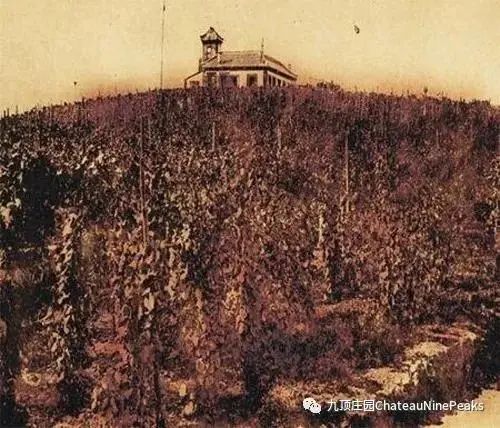
Changyu's Early Vineyards
Chateau Nine Peaks' Cabernet Gernischt was first planted in 2012, with a planting area of 3.8ha (57 acres) and a small proportion of the output, but it is a variety that has been devoted to a lot of effort. In the past 8 years, Chateau Nine Peaks has conducted in-depth research on the growth characteristics of Cabernet Gernischt and adopted an innovative management model to grow this grape variety.

The plot of Cabernet Gernischt in C9P
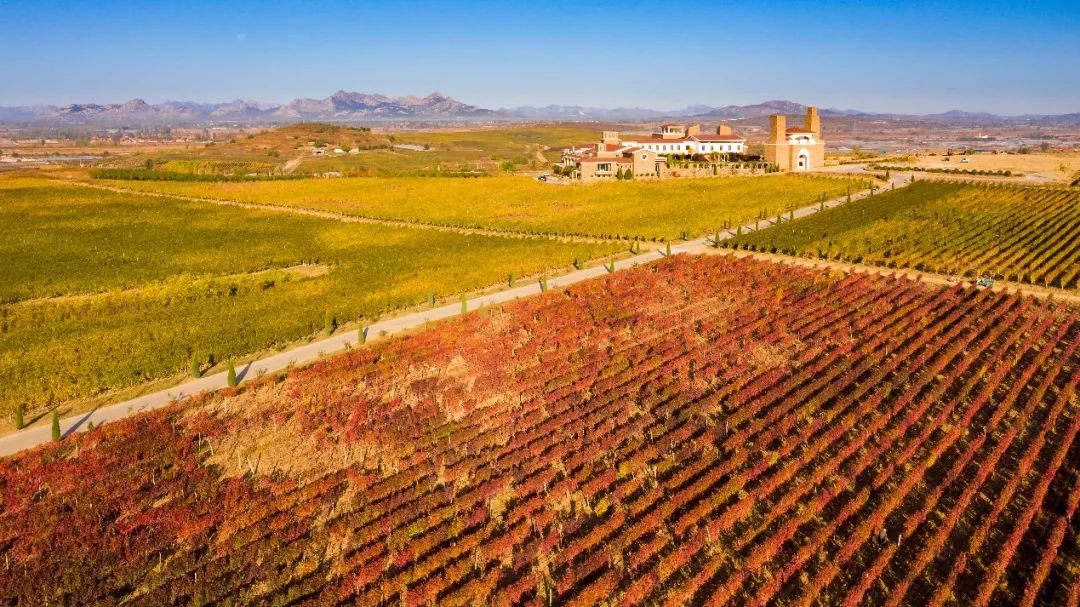
C9P's vineyard in autumn(Cabernet Gernishcht in the red leaf area)
Cabernet Gernischt is Carménère?
In Ian's opinion, it is not unreasonable to view Cabernet Gernischt as a Chinese wine grape.
Cabernet Gernischt has been genetically linked to Carménère, and indeed many experts believe it to be one and the same. But just because two wine grapes are said to be genetically identical, it does not mean that they really are: notwithstanding the limited value of genetic testing at our present state of knowledge, it is imperative to understand that grape varieties that have lived for decades in a specific environment adapt to that habitat by modifying their genotypes in response to the environmental stimuli. Therefore, two grapevines of the same variety planted at the same time but in different habitats are no longer the same variety even after just a few reproductive cycles. It follows that the Cabernet Gernischt of China has very little in common with that of France, northern Italy (where it's conveniently allowed to be called Cabernet Franc, a sad commentary on what the country has become) and even less with that of Chile. It is therefore more correct to view China's Cabernet Gernischt as a biotype of Carménère (if it is in fact Carménère) that has specifically adapted to the various, highly diverse Chinese terroirs it has been planted in, and from where it expresses wines that are completely unlike those made elsewhere. In my opinion, it is not unreasonable to view Cabernet Gernischt as a Chinese wine grape.
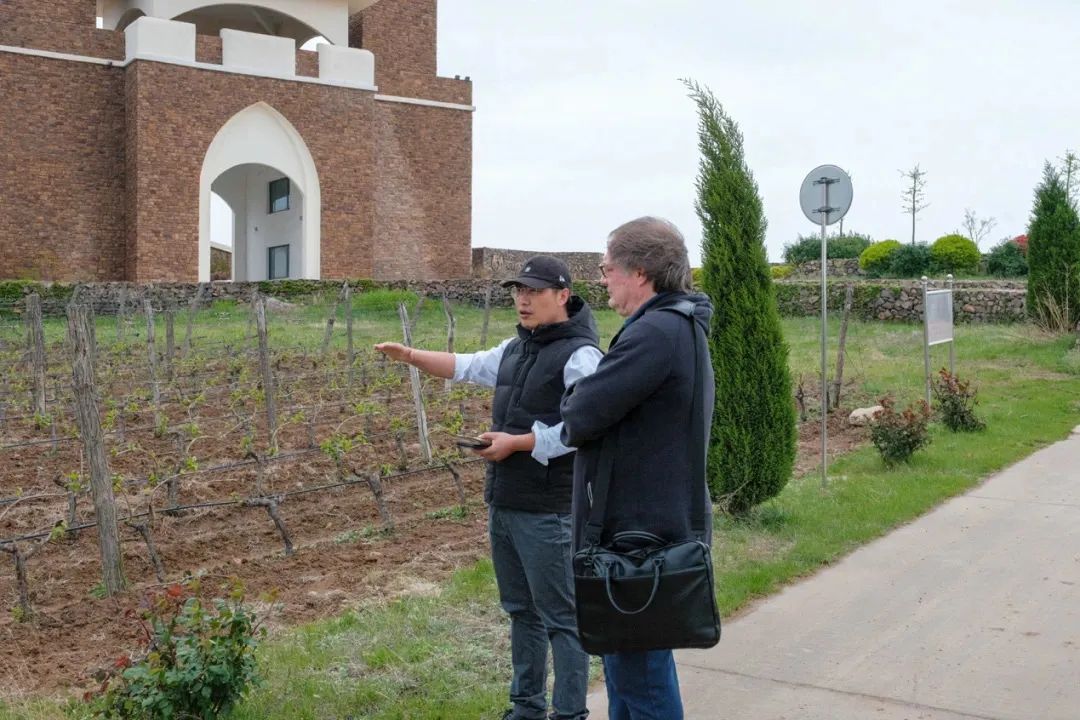
Ian is in C9P's vineyard
On July 8, 2019, the on-site audit of "Identical Products of China's Wine Producing Areas" came to Chateau Nine Peaks. After the on-site review by Yang Qiang, Secretary-General of the Wine and Fruit Wine Expert Committee of China Food Association, and Jiao Furun, Li Demei, Shao Xuedong, and Liang Jine, expert members of the audit team, Chateau Nine Peaks' Cabernet Gernischt wine was approved as a Qingdao wine producing area by China Food Industry Association Of representative wines.

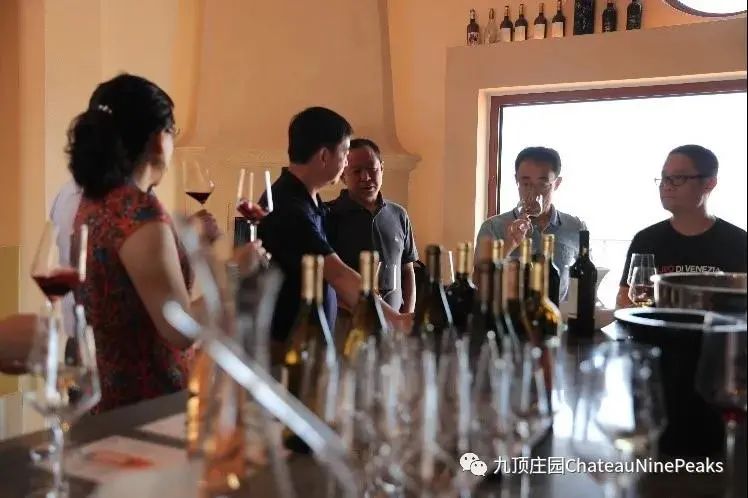
In the 2020 China Wine & Spirits Awards (CWSA), Chateau Nine Peaks' Cabernet Gernischt 2018 has won a gold medal.
